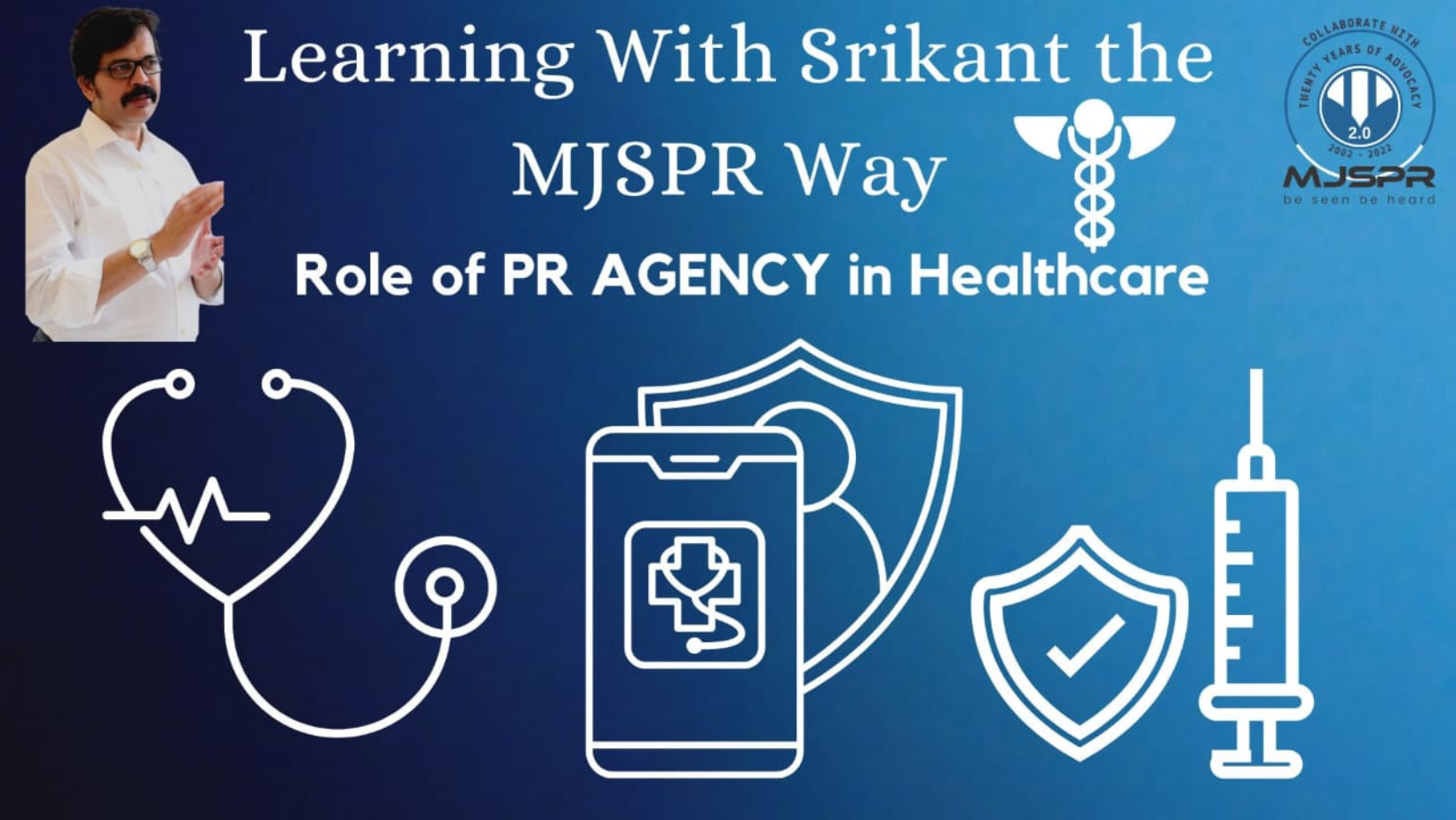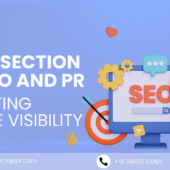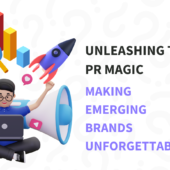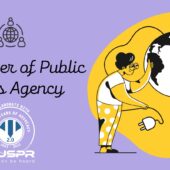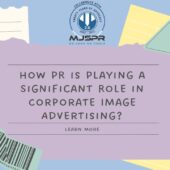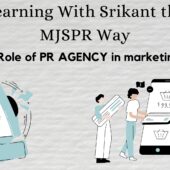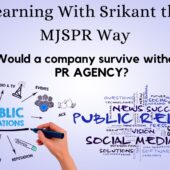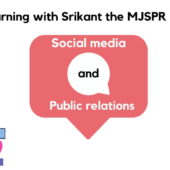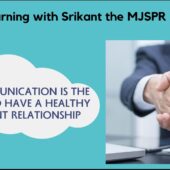It is well known that good public relations can shape not only public opinion but also public decisions. This is particularly true in the healthcare sector, where a large proportion of the population depends on publicly available material to continue your education. Since doctors and clinics cannot advertise themselves, unlike most consumer services, they must rely on healthcare PR to get the message across for them and build an audience. This requires responsible journalism, even more so than in other industries, as lives are literally at stake. In the Internet age, most types of information are available online. While this is great for educating the public, on the other side of the coin there is a risk of alarmists, self-healers or even so-called experts spreading false medical information.
PR agencies have always had to deal with fake news, but in the wake of the Covid-19 pandemic, they have become a real threat. An overwhelming amount of misinformation about the virus and how it infected people has been shared, particularly on platforms like WhatsApp and Twitter. This spread panic, prompted rash decisions like food hoarding, and even caused physical harm in the event of wrong medical advice. While the pandemic is long behind us, the light it has shed on the fake news demon cannot be ignored. It has to be exorcised, and that’s what public relations is responsible for. This also means that the doctor-patient relationship has changed dramatically. Gone are the days when patients blindly listened to what their healthcare provider said, today’s patients stay informed and know how to ask questions. They frequently consult sites like WebMD or Health line, and often self-prescribe solutions and lifestyle changes they find online. Even when visiting doctors or hospitals, online presence is a deciding factor: Patients are much more likely to visit a clinic with an up-to-date website and regular content than a clinic with an inactive website and an outdated website. It is therefore critical that clinicians share information that is accurate, relevant and that can guide intelligent personal care decisions. So how do you design an accountable system ? Health Public Relations?
First, the accuracy of the facts. Any medical information must be backed by scientific evidence such as research papers or statements from authorities such as the WHO. If possible, have the content reviewed by a doctor before making it available to the public. Tone is important too: An empathetic, authoritarian tone builds trust and gives patients the assurance that they are being seen and heard. There is another component that many brands overlook: trust. In many ways, health public relations bridges the gap between commercial interest and the public good by presenting medical information in a digestible form. This is a unique opportunity for healthcare brands to create a space where questions are welcome and expert help is there for anyone who needs it. It is also important to be fully aware of any HIPAA laws or other regulations regarding the types of information you may/must disclose.
At MJSPR we have great experience in healthcare public relations and are happy to help you design a campaign for the greater good. We are patients too and we know what it’s like to want the right information about our health and not have easy access to it. If you want to solve this problem, contact us today.


